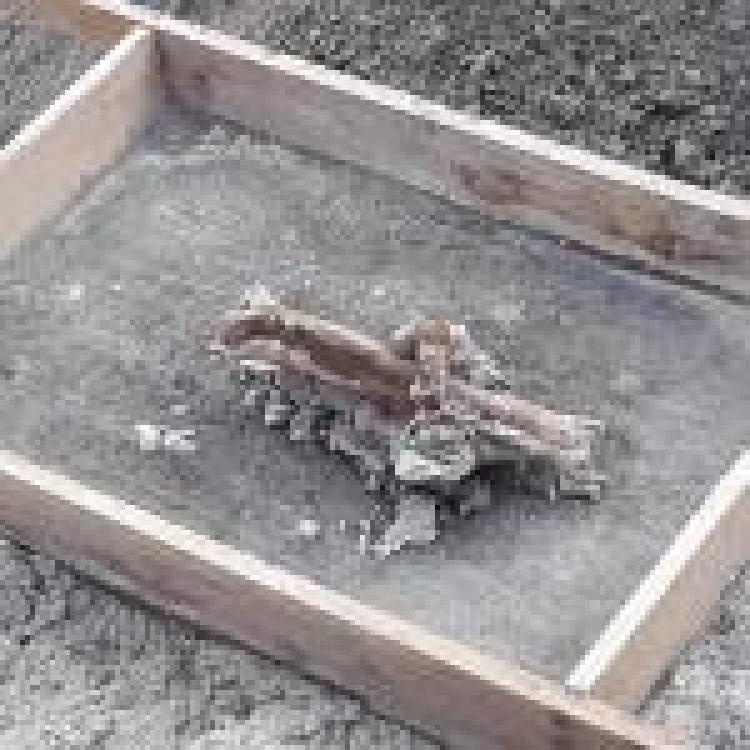
Mullaitivu Judicial Medical Officer Dr Kanagasbapathy Vasudeva confirmed that the bodies of 40 individuals whose remains were excavated from the Kokkuthoduvai mass grave were buried "in a hurry" without any religious rites, sometime between 1994 and 1996.
“The remains recovered date back to a period between 1994 and 1996,” he said. “We believe these bodies have been buried hurriedly and no religious rites were conducted. However, we are awaiting funds from the government to carry out further investigations. We hope to receive this soon; by the first of March, we will have more updates in time for the next court date.”
Dr Vasudeva said that the lack of funding has resulted in a delay in investigations and they have informed the government in writing to release the necessary funding. He added that forensic archaeologist Professor Raj Somadeva undertook the research.
In September last year, excavations revealed remnants of weapons, dog tags, and uniforms worn by Liberation Tigers of Tamil Eelam (LTTE) cadres, along with a device designed to purify water, all of which have been collected as vital pieces of evidence.
In the most recent excavation, the team uncovered partial skeletal remains of three victims, a vial of cyanide, and two dog tags belonging to LTTE cadres. Since the commencement of the excavation, a total of nine victims' skeletal remains have been exhumed. This mass grave is the 33rd such discovery on the island and the 14th in the North-East region.
When this site was first discovered, only 13 bodies were excavated at the time.
TNPF MP Selvarajah Kajendran who spoke to the media at the excavation site said “the people in the surrounding villages are acutely aware of the history of this area. Particularly in 1984, the Kokkuthoduvai area saw the forced displacement of the Tamil families that lived here by the military. From then until the end of the war, this area was filled with army camps. This history and the discovery of this mass grave have agitated the villagers in this area."



